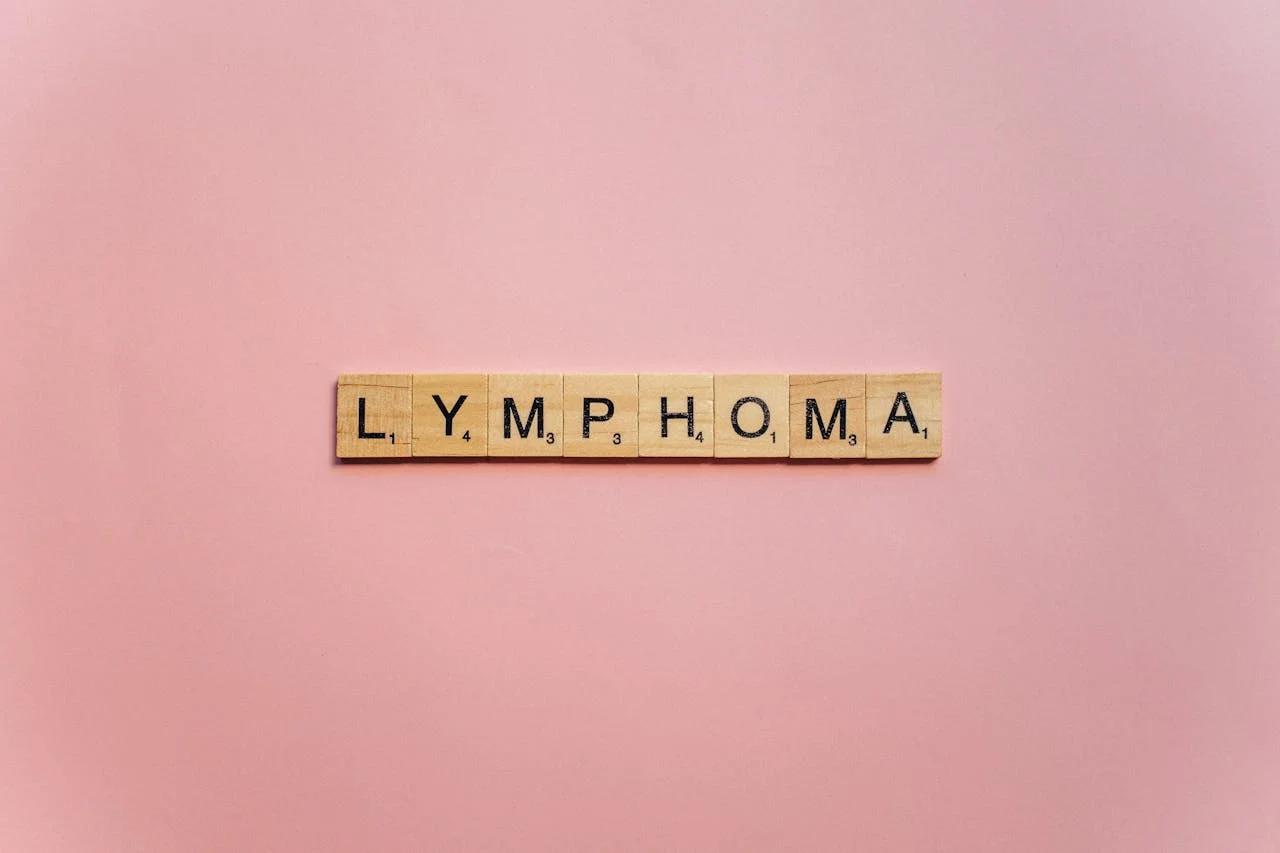
Roche announced today the launch of the first clinically approved, highly-sensitive in-situ hybridisation (ISH) test, the VENTANA® Kappa and Lambda Dual ISH mRNA Probe Cocktail assay, in countries accepting the CE Mark. This test aids pathologists in differentiating between B-cell malignancies and normal reactive responses to infections.
B-cell lymphoma, a type of cancer developing in the lymphatic system, accounts for about 85 percent of non-Hodgkin lymphoma (NHL) cases. NHL, the tenth most common cancer globally, causes over 250,000 deaths annually. Early NHL symptoms include lymph node swelling, fever, fatigue, loss of appetite, and red rash.
“It’s crucial to provide patients with a definitive diagnosis as lymphoma symptoms can resemble the body’s normal infection response,” said Matt Sause, CEO of Roche Diagnostics. “This highly sensitive assay ensures diagnostic certainty for suspected B-cell lymphoma patients.”
The new test, with its increased sensitivity, allows assessment of over 60 B-cell lymphoma subtypes and plasma cell neoplasms on a single tissue slide. It can evaluate small biopsies and formalin-fixed tissues, reducing the need for fresh samples, especially if lymphoma wasn’t initially suspected. These properties preserve tissue, potentially reduce additional biopsies, and simplify interpretation for pathologists, leading to faster diagnoses and treatment access.
This innovative assay is a significant addition to Roche’s leading hematopathology portfolio, which includes over 65 biomarkers.
About the VENTANA Kappa and Lambda Dual ISH mRNA Probe Cocktail
The VENTANA Kappa and Lambda Dual ISH mRNA Probe Cocktail is designed for the qualitative detection of Kappa mRNA and Lambda mRNA in formalin-fixed, paraffin-embedded (FFPE) human bone marrow and lymphoid tissues. It operates on a BenchMark IHC/ISH instrument using chromogenic ISH and light microscopy. This assay aids in identifying B-cell lymphomas and plasma cell neoplasms. A qualified pathologist should interpret the results in conjunction with histological examination, clinical information, and proper controls. The product is intended for in vitro diagnostic (IVD) use.




